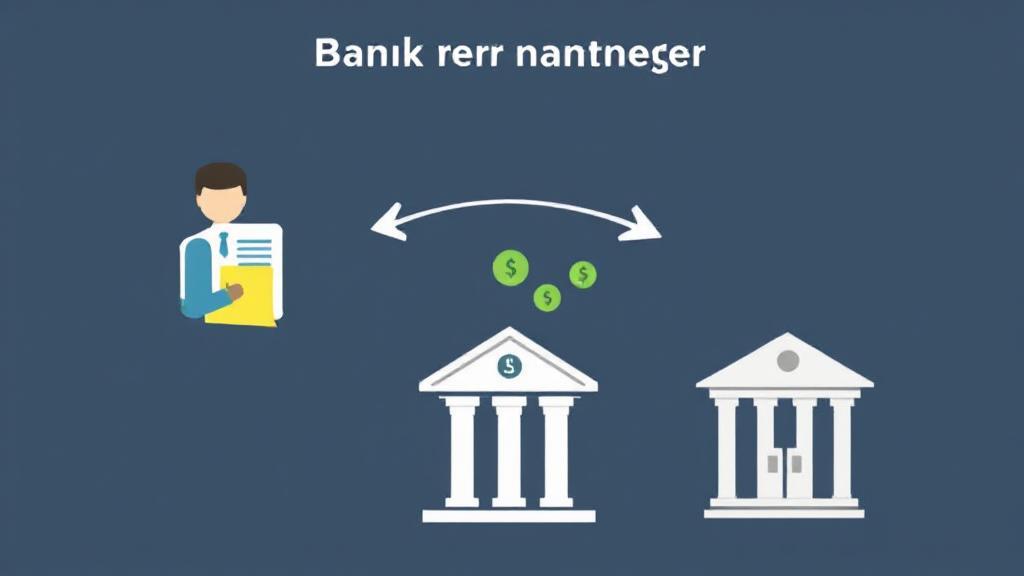What is Direct Deposit?
Direct deposit is a convenient and secure method of transferring funds electronically from one bank account to another through the Automated Clearing House (ACH) network. Instead of receiving a paper check, the money is automatically deposited into your account, typically becoming available immediately.
How Does Direct Deposit Work?
The process involves several key steps:
- Authorization: The recipient provides their bank account information to the payer
- Initiation: The payer sends payment instructions to their bank
- Processing: The bank processes the payment through the ACH network
- Deposit: Funds are deposited into the recipient's account within 1-3 business days
Security Measures
Direct deposit is considered one of the safest payment methods available. The system uses:
- Encryption protocols
- Multi-factor authentication
- Regular security audits
- Federal regulations compliance
Setting Up Direct Deposit
To establish direct deposit, you'll need to provide:
- Bank Name: The name of your financial institution
- Routing Number: A nine-digit number identifying your bank
- Account Number: Your personal bank account number
- Account Type: Checking or savings account
- Bank address
- Your personal information
Many organizations now offer online forms or portals to facilitate the setup process.
Benefits of Direct Deposit
For Recipients
- Convenience: No need to visit a bank to deposit checks
- Security: Reduced risk of lost or stolen checks
- Speed: Faster access to funds
- Cost-Effective: Eliminates check-related expenses
- Option to split deposits between accounts
- Environmentally friendly
For Payers
- Reduced processing costs
- Lower risk of fraud
- Improved payroll efficiency
- Better record-keeping
- Enhanced security
Common Applications
"According to the Social Security Administration, 99% of Social Security benefits are now paid through direct deposit."
Direct deposit is widely used for:
- Payroll payments
- Government benefits (Social Security, unemployment)
- Tax refunds
- Investment dividends
- Pension payments
- Vendor payments
- Expense reimbursements
Direct Deposit and Financial Planning
Using direct deposit can enhance your financial management through:
- Automatic Savings: Set up transfers from checking to savings accounts
- Budgeting: Plan around predictable deposit dates
- Debt Management: Automate loan and credit card payments
- Split Deposits: Distribute funds across multiple accounts
Digital Banking Integration
Modern banking apps offer features like:
Future Trends
As financial technology evolves, emerging trends include:
- Real-time payments
- Blockchain integration
- Enhanced security features
- Mobile-first solutions
- Cross-border direct deposits
For more information, visit the Federal Reserve's guide on ACH payments or the Consumer Financial Protection Bureau's page on direct deposit.
